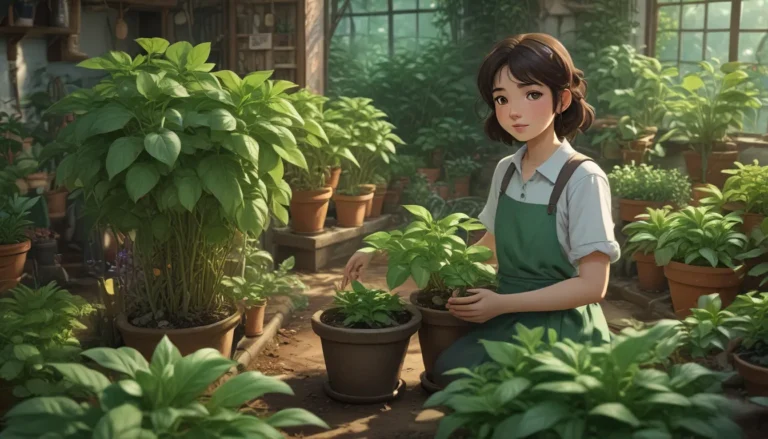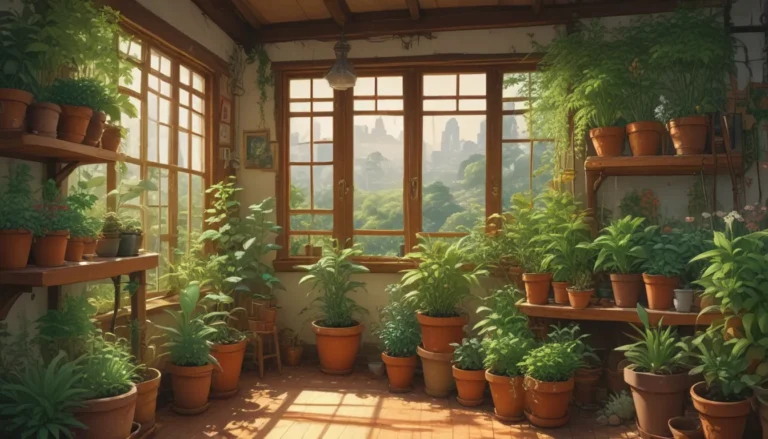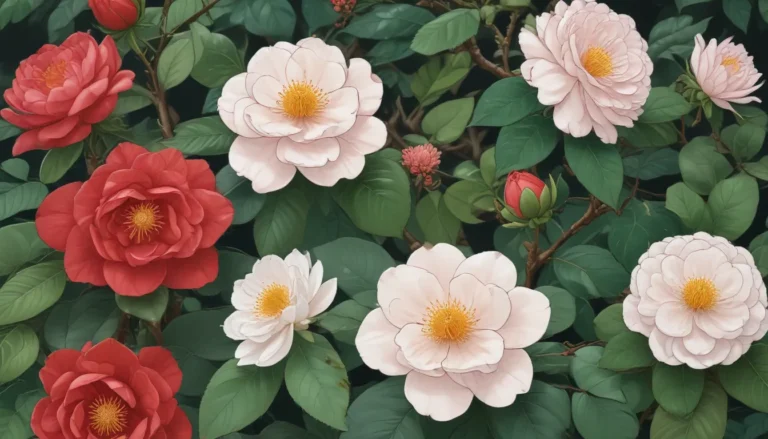The Comprehensive Guide to Growing and Caring for Painted Daisies

If you’re looking to add a touch of vibrancy to your garden while also serving as a natural bug repellent, then painted daisies are the perfect choice. These stunning flowers, scientifically known as Tanacetum coccineum, boast colorful blooms that are not only visually appealing but also contain natural compounds that are effective in bug control.
Let’s dive into the world of painted daisies and explore everything you need to know to successfully grow and care for these gorgeous plants.
What Are Painted Daisies?
Painted daisies, also known as pyrethrum daisies or Persian insect flowers, are herbaceous perennial flowers native to southwestern Asia. With their attractive appearance and colorful blooms, they add a bright pop of color to any garden. The name “Tanacetum coccineum” comes from the Greek word for “immortality” and “crimson,” symbolizing the everlasting nature of the Asteraceae blooms.
These daisies have an upright, bushy habit, reaching two to three feet in height and one to one and a half feet in width. They produce three-inch-wide flowers with long, slender ray petals in shades of white, red, pink, or purple. The foliage is fern-like, adding to the overall appeal of the plant.
One unique feature of painted daisies is their insecticidal properties. The flowers contain pyrethrins, organic compounds that are toxic to insects but safe for birds and mammals. This makes them an excellent choice for organic pest management in the garden.
Cultivation and History
The cultivation of pyrethrum daisies for their insecticidal properties dates back centuries, with records of their usage dating back to ancient China. The insecticidal properties of these flowers make them valuable for pest control, especially the Dalmatian pyrethrum variety, which has higher concentrations of pyrethrins.
In the past, pyrethrum daisies were known as “Caucasian insect-powder plants” due to their insecticidal properties. The insect powder derived from these flowers was highly valued and sold at high prices. Today, pyrethrum is commonly used as an organic pest management tool by farmers and gardeners.
Propagation
To grow painted daisies, you can propagate them from seeds, divisions, or transplants.
- From Seed: Sow seeds indoors or outdoors after the last frost date. Keep the soil moist, and germination should occur in two to four weeks.
- Via Division: Divide mature plants after the last frost date and transplant the divisions into new spots in the garden.
- Via Transplanting: Transplant either divided daughter plants, hardened-off seedlings, or purchased specimens into well-draining soil with full sun to partial shade.
How to Grow
Once you have your painted daisies planted, it’s essential to provide them with the right growing conditions.
- Climate and Exposure Needs: Painted daisies thrive in USDA Hardiness Zones 3-7 and prefer full sun but can tolerate partial shade in warmer climates.
- Soil Needs: These plants are not picky about soil as long as it drains well. Aim for moderate fertility and a pH of 6.0-7.0.
- Water and Fertilizer Needs: Water moderately, fertilize monthly with a balanced fertilizer during the growing season.
Growing Tips
- Ensure full sun exposure.
- Maintain well-draining soil.
- Water deeply when the soil feels dry to the touch.
Pruning and Maintenance
To keep your painted daisies healthy and blooming, pinch back new growth in spring to stimulate flowering. Deadhead spent flowers promptly to encourage a second flush of blooms. Mulch around the plants to conserve moisture and protect the roots.
Cultivars to Select
There are several cultivars of painted daisies available, each offering a unique aesthetic appeal.
- Brenda: Features magenta-shaded blooms that are a blend of red and purple.
- James Kelway: Known for its striking red petals with a yellow center.
- Mrs. James Kelway: Changes from cream-colored to pale pink over time, offering a two-in-one plant experience.
Managing Pests and Disease
Despite their hardy nature, painted daisies can face a few pest and disease issues, especially when young.
- Herbivores: Painted daisies are deer-resistant.
- Insects: Mature plants are typically not bothered by insects but young plants may attract pests like aphids, chrysanthemum nematodes, or leaf miners. Use insecticidal soap or neem oil to control these pests.
- Disease: Root rot can occur due to excess water and poor drainage. Prevent root rot by avoiding overwatering and ensuring proper soil drainage.
Best Uses
Painted daisies are versatile plants that can be used in various garden settings, from cottage gardens to borders to butterfly gardens. Their colorful blooms make them ideal for cut flower arrangements, adding a vibrant touch to any bouquet. Plus, their insecticidal properties make them an excellent choice for natural pest management in the garden.
Quick Reference Growing Guide
- Plant Type: Herbaceous flowering perennial
- Flower/Foliage Color: Pink, red, violet, white (petals), yellow (centers)/green
- Native to: Southwestern Asia
- Water Needs: Moderate
- Hardiness (USDA Zones): 3-7
- Maintenance: Low
- Bloom Time: June-July
- Tolerance: Deer, insects
- Exposure: Full sun-partial shade
- Soil Type: Average
- Spacing: 18-24 inches
- Soil pH: 6.0-7.0
Conclusion
In conclusion, painted daisies are not only visually stunning but also serve as natural bug repellents in the garden. By following these tips and guidelines, you can successfully grow and care for these vibrant flowers in your own garden. Whether you’re a seasoned gardener or a beginner, painted daisies are a valuable addition to any garden landscape. So plant some today and enjoy their beauty and benefits!
Have you cultivated painted daisies in your garden? Share your experiences and tips with us in the comments below!
For more information on growing daisies, check out our guides on English Daisies, Gerbera Daisies, and Shasta Daisies.





